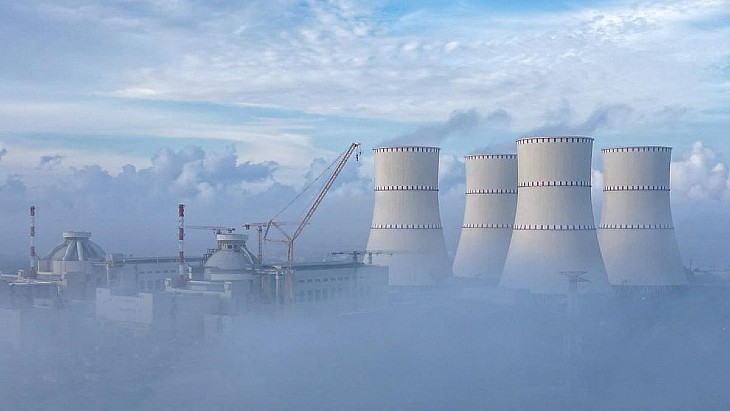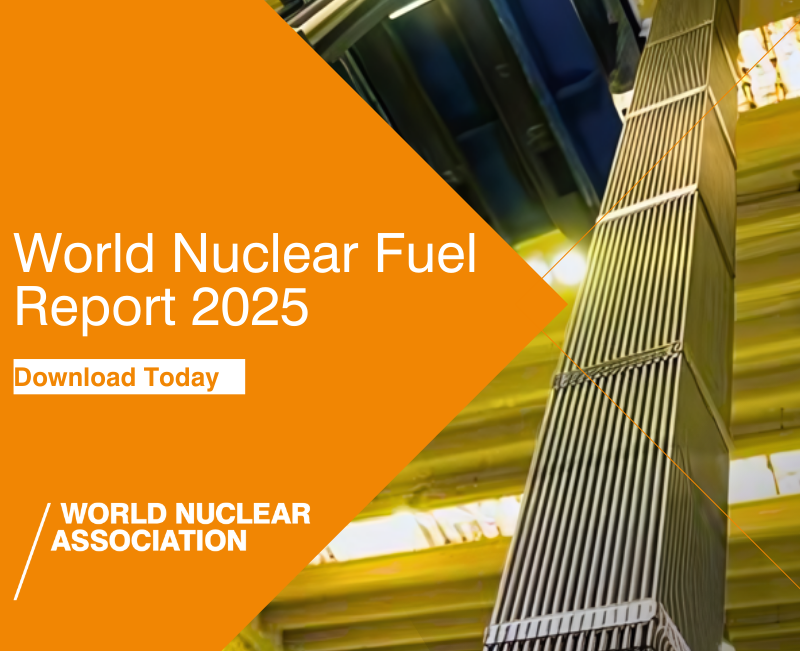The delivery of the turbogenerator - comprising a steam turbine rotor and a stator - was carried out via the Northern Sea Route and then along the Ob and Tom rivers, after transshipment at the river port by special road transport.
The stator weighs 245 tonnes and measures 8 metres long, about 4.5 metres high and 4.8 metres wide. The turbine rotor, also delivered by water, weighs 98 tonnes. The generator rotor was also delivered by rail.
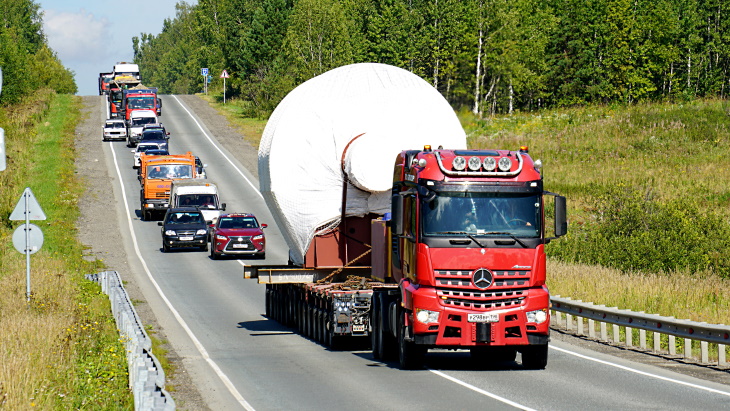
(Image: TVEL)
"The turbogenerator of the BREST-OD-300 power unit is a unique Russian development with fully air cooling," said Ivan Babich, director of the power unit project. "The design is distinguished by increased safety and productivity. For the Tomsk energy system, this will be the most powerful power plant."
Russia's state nuclear corporation Rosatom announced in November last year that installation work had begun for the condenser in the turbine hall for the BREST-OD-300. At that time, it said installation of the turbine and generator was planned to start in 2025.
The background
The BREST-OD-300 fast reactor is part of Rosatom's Proryv, or Breakthrough, project to enable a closed nuclear fuel cycle. The 300 MWe unit will be the main facility of the Pilot Demonstration Energy Complex at the Siberian Chemical Combine site. The complex will demonstrate an on-site closed nuclear fuel cycle with a facility for the fabrication/re-fabrication of mixed uranium-plutonium nitride nuclear fuel, as well as a used fuel reprocessing facility.
A progress update in November said that the cooling tower had been built, the walls of the reactor containment building erected and the reactor shaft and the enclosing structure of the reactor vessel have also been installed.
Earlier this month, Rosatom announced that the Atommash plant in Volgodonsk - part of its Mechanical Engineering Division - had shipped to the BREST-OD-300 construction site the central void shell and inner casing for the core support barrel, components which will hold nuclear fuel once installed. The Izhora plant in St Petersburg - also part of the same Rosatom division - shipped four peripheral cavity shells which will house steam generators and pumps for circulation of the coolant.
Initial operation of the demonstration unit will be focused on performance and after 10 years or so it will be commercially oriented. The plan has been that if it is successful as a 300 MWe (700 MWt) unit, a 1200 MWe (2800 MWt) version will follow - the BR-1200.

_41421.jpeg)



_53514_33880.jpg)
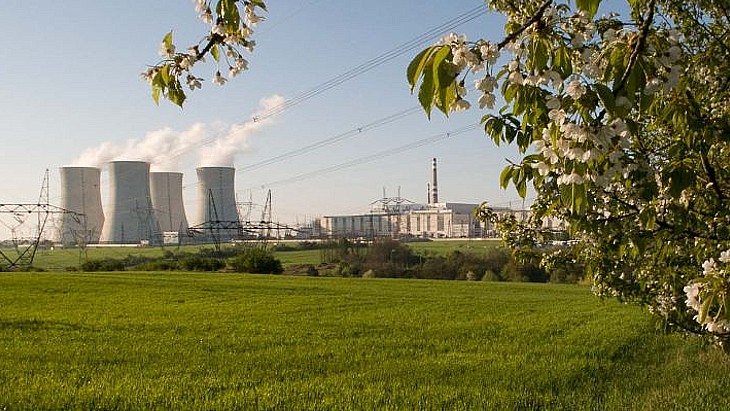
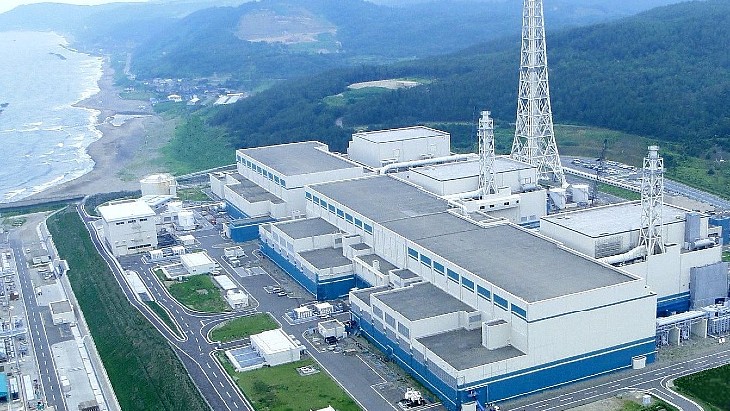
_91467.jpg)
